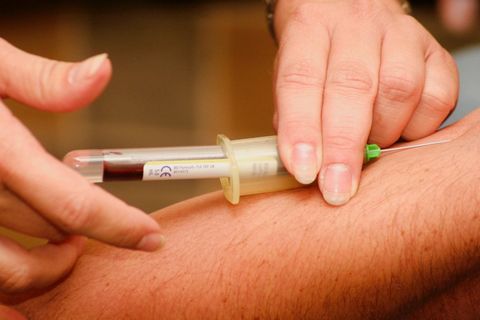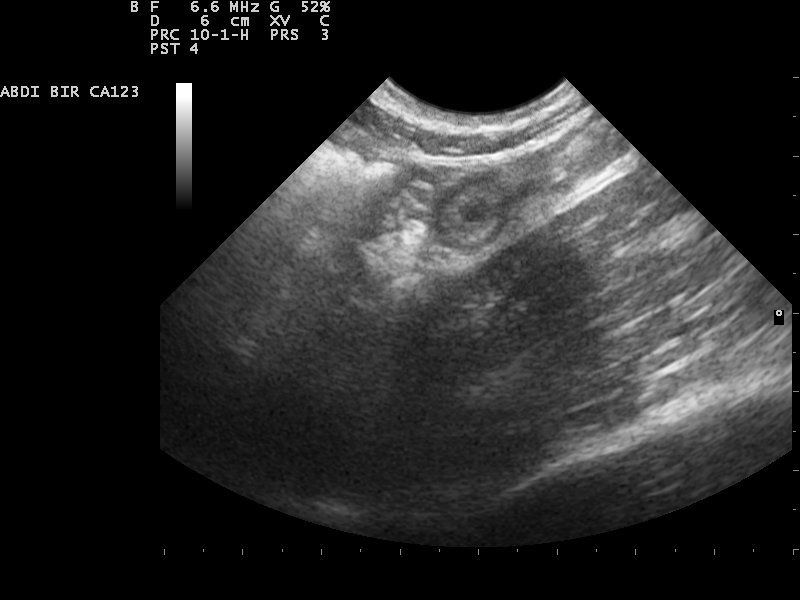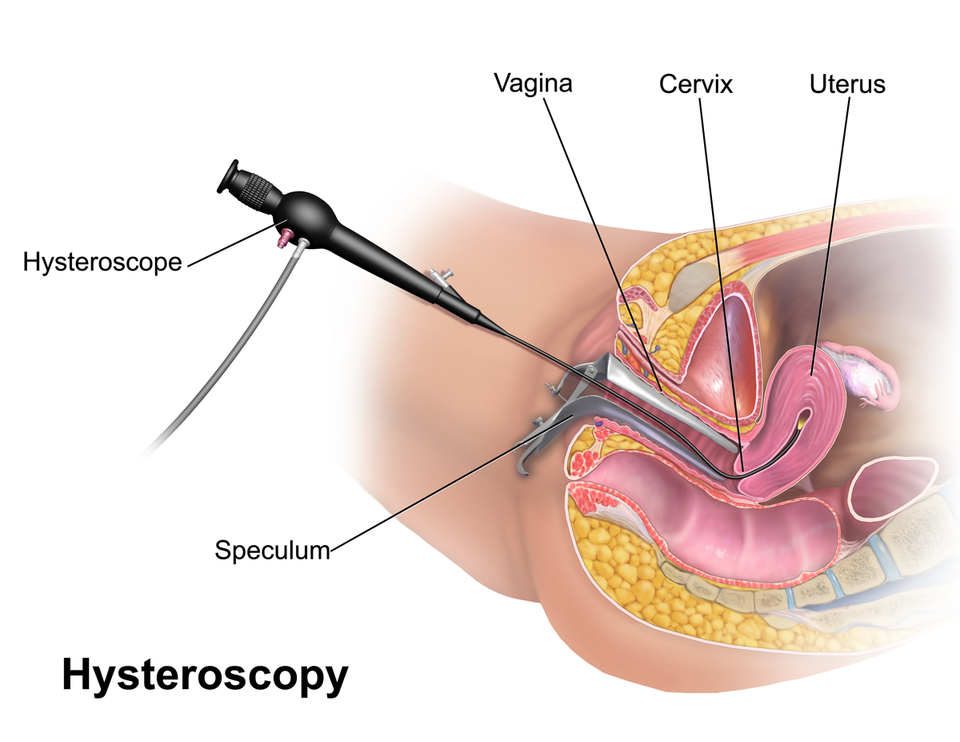4 Ways to Test Your Fertility Before Treatment
Thanks to our current medical technology, you can get tested if you are concerned about your fertility. Below is a list of 4 fertility tests that you can choose from to take to uncover your fertility problem:
2) Hormone fertility tests
Hormones are a huge factor in the reproductive system. The levels of specific hormones can indicate whether you have enough ovarian reserve and if you are ovulating smoothly. The following hormones can help to determine your fertility:
Anti-mullerian hormone (AMH)
The level of AMH reveals your ovarian reserve and shows whether you are still producing usable eggs.
Follicle-stimulating hormone (FSH)
The role of FSH is to stimulate the growth of your ovarian follicles. FSH levels continue to rise in women who don't ovulate and high levels of FSH are a sign that your body has to exert itself to help with ovulation.
Luteinizing hormone (LH)
LH soars right before ovulation and lasts between 24 to 48 hours. It prompts the egg to release. Increased LH levels at any other phase of the cycle signal polycystic ovaries or a decreased ovarian reserve. Small levels of LH also pose a danger to your fertility because it shows there are problems with your menstrual cycle.
Estradiol
This is a form of estrogen
that helps your body through its menstrual cycle. A high amount of estradiol points to a low ovarian reserve - your body is generating more of this hormone to increase the likelihood of ovulation.
Prolactin
Prolactin prohibits FSH, which ends the stimulation of follicles. High prolactin levels can be a sign of PCOS and very high levels could be a manifestation of a pituitary tumor.
Progesterone
Progesterone levels summit after a week of ovulation and decrease rapidly before the next period is due. If you have irregular periods, the blood test can be ill-timed, which would result in inexact progesterone levels.
Thyroid levels (TSH)
If you suffer from hypothyroidism
or hyperthyroidism, you could have fertility problems.
4) Advanced fertility tests
Cervical mucus test
This test enables your doctor to identify any inimical antibodies that might destroy the sperm.
Hysterosalpingogram (HSG)
This is unique X-ray allows the doctor to inspect your tubes and the internal part of your uterus.
Saline hysterogram (SHG)
This procedure searches for fibroids or polyps inside the uterine wall.
Hysteroscopy
A small camera is placed into your uterus through the vagina to confirm the development of any fibroid or polyp.
Laparoscopy
A small camera is fitted into your abdominal area to give the surgeon a patent view of all your reproductive organs.
Endometrial biopsy
A small part of the uterine lining is taken to be investigated under a specialized microscope.
Magnetic resonance imaging (MRI)
This is a large test that provides insight into the uterine wall.
Need Help?
Ask us a question about fertility testing for your specific situation. We know that this process is confusing, and there are so many options for fertility testing. We can help you figure out the best way to get tested.








